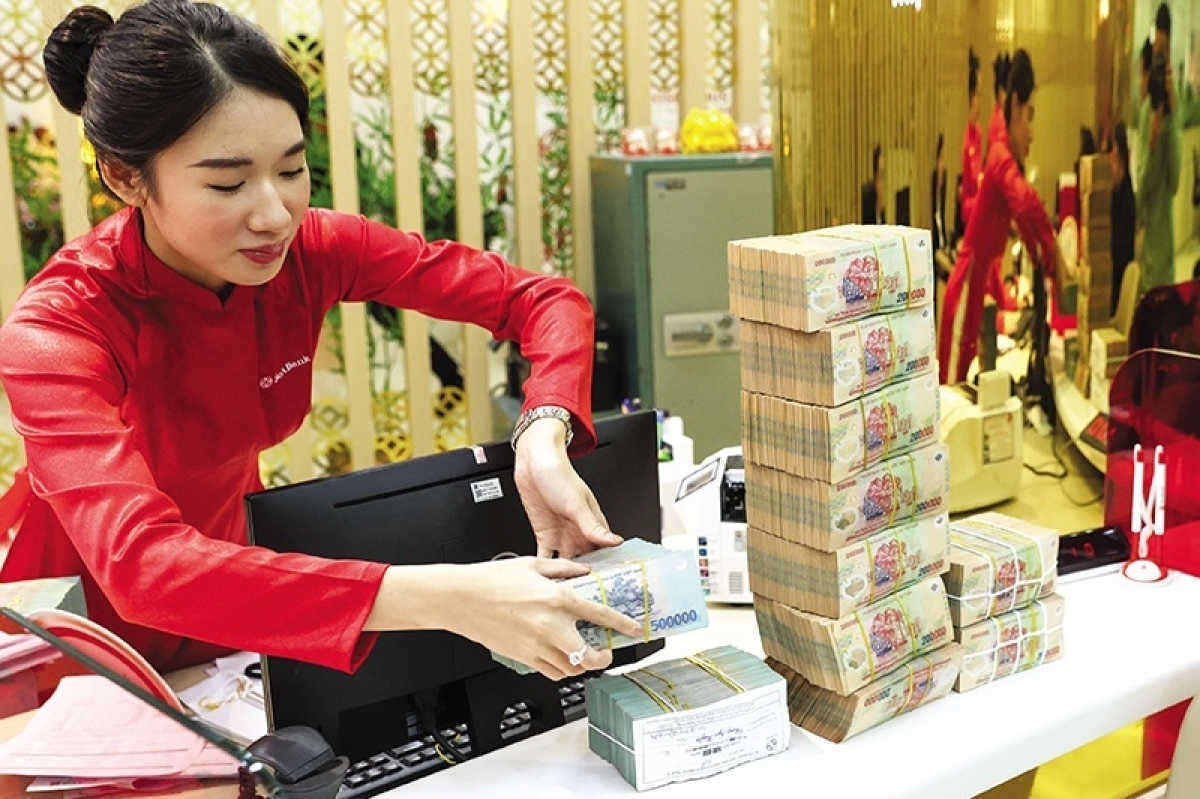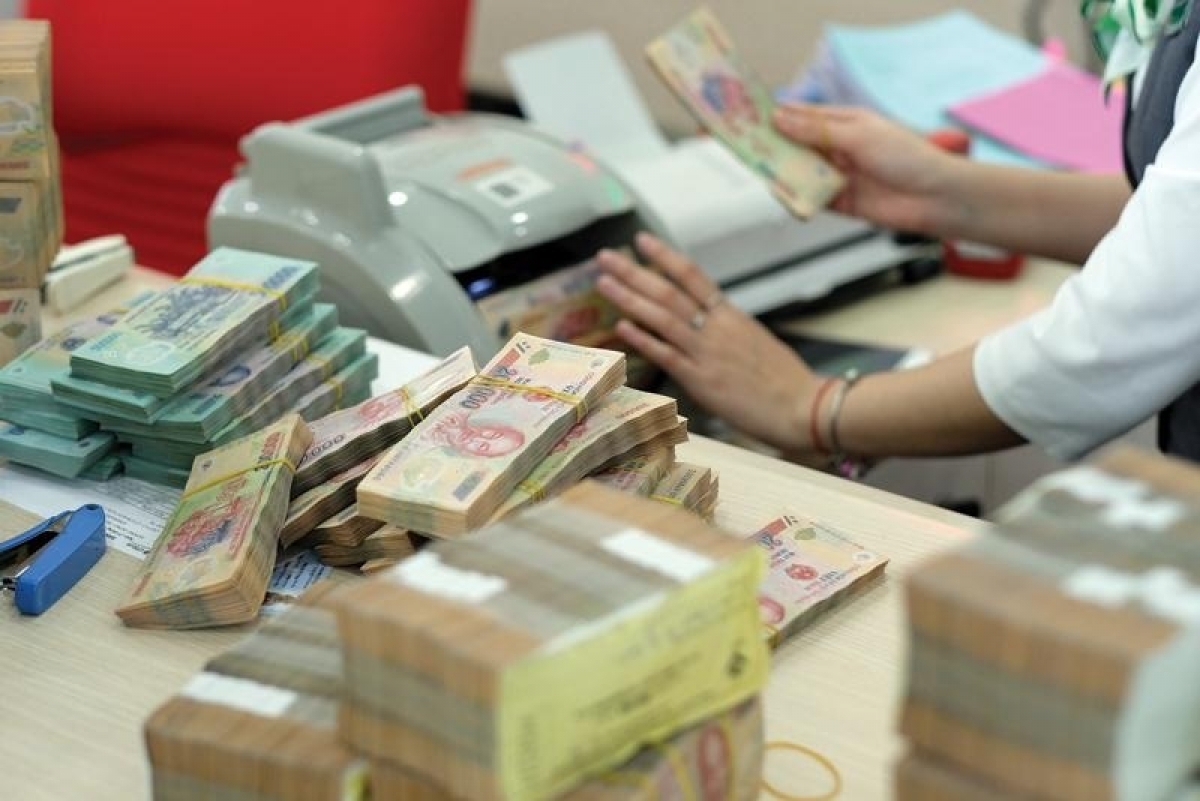INTERNATIONAL INVESTMENT
AND PORTAL
Vietnam’s efforts to rein in inflation at about 4 per cent this year are set to hit a snag due to China’s anti-pandemic policy affecting the Southeast Asian nation’s trade.
 Global food prices are expected to keep on rising this year due to the Ukraine conflict and other factors, Photo: Thanh Tung
Global food prices are expected to keep on rising this year due to the Ukraine conflict and other factors, Photo: Thanh Tung
China’s National Bureau of Statistics (NBS) said on May 11 that the consumer price index (CPI), the main measure of inflation and retail sales, increased by 2.1 per cent on-year in 2021 due to the impact of the recession and skyrocketing energy costs and food prices.
Data released by the General Administration of Customs of China on April 13 recorded a decrease in China’s imports for the first time since August 2020. In March, China’s imports fell 0.1 per cent on-year.
Assoc. Prof. Dr. Vu Sy Cuong from the Academy of Finance warned last week, “Along with the conflict in Ukraine, China’s economic difficulties could exacerbate inflationary pressures in Vietnam.”
China’s slowing growth is clearly felt by many manufacturing and export industries of Vietnam.
Pham Van Viet, president of garment firm VitaJean Co., Ltd., said, “Restrictions on raw materials from China are affecting production activities of the company. The government’s anti-pandemic measures have caused some ports to stall, making it difficult for VitaJean’s raw materials to be imported since April. Raw materials from China account for about 30-40 per cent of the company’s total imported materials.”
The production of the Vietnamese leather and footwear industry is also under pressure from the lack of raw materials from China, as the market provides up to 70 per cent of raw materials for the production of leather and footwear in Vietnam.
Phan Thi Thanh Xuan, general secretary of the Vietnam Leather, Footwear and Handbag Association, said, “The lack of raw materials for more than a month is affecting the delivery of many businesses. Supply from China is being interrupted.”
She added, “Chinese partners said that the supply is increasingly scarce because many businesses are forced to stop operating and they are short of empty containers to ship goods to Vietnam.”
Meanwhile, the outlook for exporting wood products to the Chinese market is also gloomier. Do Xuan Lap, chairman of the Association of Vietnam Timber and Forest Products, said, “The blockade in China has affected demand while increasing costs in transporting related products. Two-way trade in wood products between Vietnam and China is large, but the surplus in favour of Vietnam is on a downward trend.”
Vietnam’s exports of timber and wood products to the Chinese market decreased slightly in the first quarter of 2022, reaching only $353.2 million, down 0.7 per cent over the same period in 2021, as data from the General Department of Vietnam Customs (GDVC) showed.
The challenges that hinder Vietnam’s trade growth due to fluctuations in China are increasing. HSBC analysts in a report published in early May pointed out that Vietnam is vulnerable to China’s supply chain disruptions as the country is blocking many places to fight the pandemic. About 30 per cent of Vietnam’s imports come from China. Therefore, the congestion in the transport sector in this country will hinder Vietnam’s export growth in the future.
How to secure raw materials amid ongoing pandemic prevention and control measures in China is a big concern for Vietnamese companies. Statistics from the Ministry of Industry and Trade showed that China was still Vietnam’s largest import market in the first four months of the year, with an estimated turnover of $36.78 billion, up 8.3 per cent over the same period last year.
In 2021, Vietnam spent almost $110 billion to buy goods from China, up to 30.5 per cent compared to 2020. Imports from China are mostly raw materials for production. Thus, the interruption of supply from this market has caused many difficulties.
Data from the GDVC showed that Vietnam is currently China’s fifth-largest export market. In 2021, Vietnam’s exports to China reached nearly $56 billion, up 14.5 per cent compared to 2020, accounting for 16.6 per cent of the country’s export turnover.
By Nguyen Hoang



















